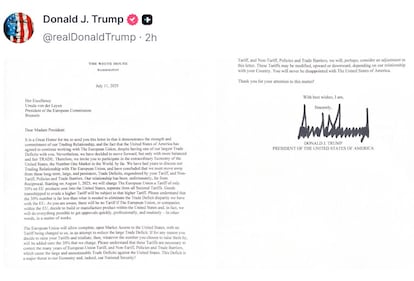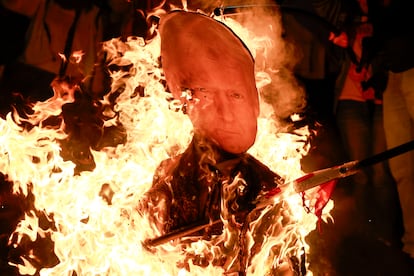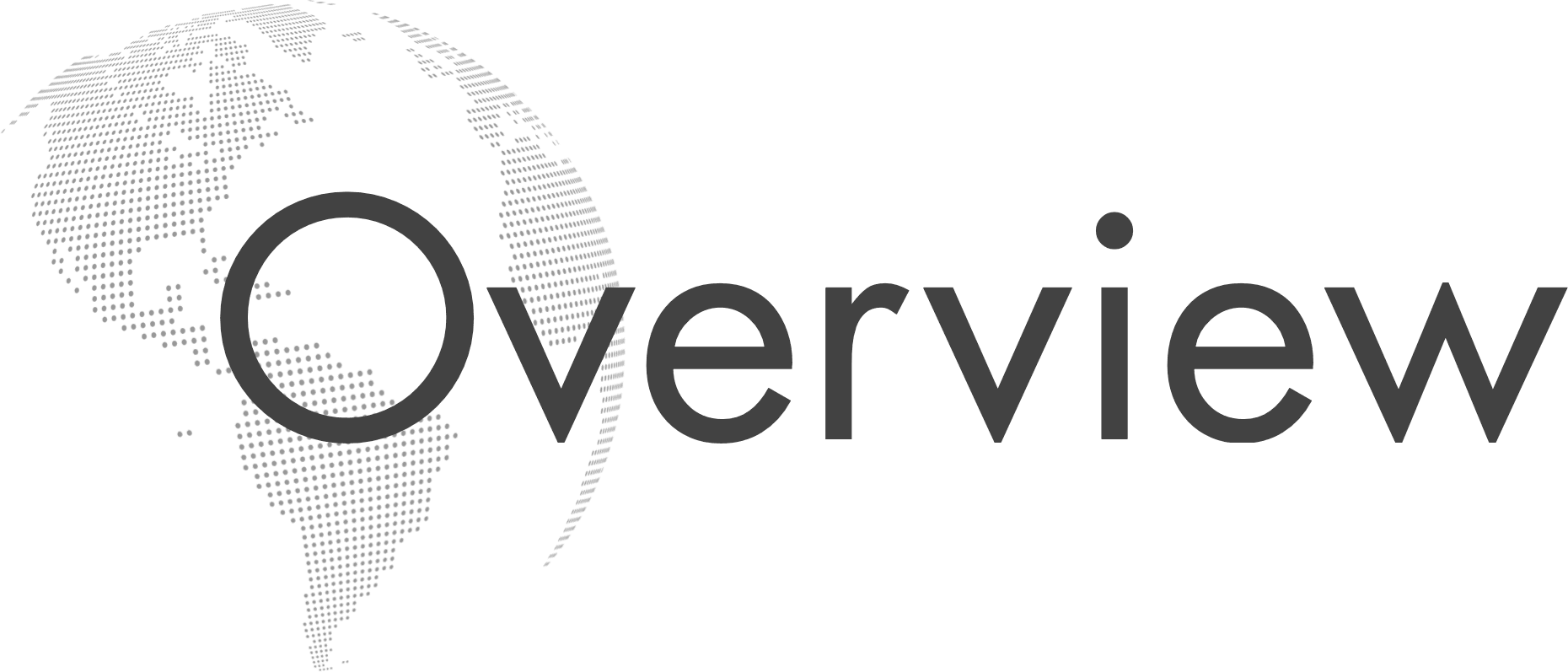The European Union and Mexico finally learned their verdict this Saturday: a 30% tariff on their exports to the United States. President Donald Trump communicated the figure to Brussels and Mexico City, as he has been doing since Monday, in a letter addressed to the leaders of the countries with which Washington hopes to review its goods trade agreements. The imposition of correspondence tariffs is just the latest chapter in the trade war unleashed by Trump since his return to power.
The new EU tariff must be put in perspective with the one initially announced by Trump: 20% on imports from the United States. That is, 10 percentage points higher than what was promised in April in the so-called"reciprocal" tariffs, but a larger increase if we take into account the general 10% tariff that has been in effect for the EU since Trump declared a 90-day truce for negotiations, which expired last Wednesday.
The US president, as is his custom in this latest phase of his aggressive and volatile trade policy, published the letter addressed to Brussels on his social media platform, Truth. In it, he warns that those 30 points will not be the final decision if the EU decides to react:"If for any reason you decide [he tells European Commission President Ursula von der Leyen] to increase your tariffs and respond, then any number you choose to increase them will be in addition to the 30% we apply," Trump threatens. He closes the letter by saying that if the EU"opens its closed market" by eliminating "tariffs and non-trade barriers," he might reconsider what he announced in the letter.

After a while, Von der Leyen warned:"We will take the necessary measures to protect European interests."
The announcement to Brussels came just seconds after Trump's letter to Mexican President Claudia Sheinbaum was published, announcing the same 30% tariff, but with a different pretext: accusations of inaction from Mexico's southern neighbor in the fight against fentanyl trafficking. Mexican negotiators were in Washington on Friday trying to circumvent a threat that materialized early the next day, before anyone expected it.
Bomb in Brussels
The letter sent to Brussels comes as a bombshell after the acceleration of the intense talks of recent weeks, in which Brussels and Washington have focused on sectoral issues such as the treatment of automobiles, a very sensitive issue for Germany and one that is consuming significant hours of negotiation, according to reports in Brussels. The aeronautical sector is also a key player. On Wednesday, Reuters assumed that some kind of exception to the general tariffs would be granted.
The content of the text submitted by Trump will be discussed at the meeting of trade ministers in Brussels on Monday.
So far, 24 countries, in addition to the EU, have received their respective communications as of Saturday. The group includes everyone from prominent partners like South Korea and Japan to more insignificant ones like Brunei, Iraq, and Moldova. The percentages are essentially identical (except in cases like Sri Lanka and Cambodia) to those announced by Trump in April, before granting a 90-day delay to its entry into force, and range from 20% to 40%. There are three notable exceptions to that group: Brazil, Canada, and Mexico.
The two neighbors of the United States, partners in the USMCA free trade agreement, which Trump himself signed during his first term, received tariffs of 30% for Mexico and 35% for Canada. If the threats are carried out, these tariffs will be applied to products not protected by the North American economic integration pact, which were currently subject to a 25% tariff.
Trump offered both countries the justification—or rather, a pretext—that they are not doing enough to stop the trafficking of fentanyl, a powerful opiate responsible for tens of thousands of overdose deaths in the United States in recent years.

As for Brazil, it received a full-blown punishment, a 50% tariff, the highest, five times higher than the one imposed by the United States in April. The reason? Trump believes, and made this known in his letter to President Lula da Silva, that the far-right leader Jair Bolsonaro is being treated unfairly. The Republican considers him to be the victim of a"witch hunt" due to the trial he is undergoing for his alleged involvement in the failed coup d'état of January 2023. Bolsonaro faces a maximum sentence of 43 years in prison when the Brazilian Supreme Court announces the sentence, initially scheduled for September.
The punishment for Brazil is purely ideological, not motivated by trade: it is one of the few countries that can boast a surplus compared to the United States.
This is not the case with the European Union. Washington and Brussels have the most intense trade relationship in the world. Every day, as of 2024, products worth €2.4 billion cross the Atlantic in one direction or the other. Last year, the total amount was €870 billion, with a deficit on the US side of nearly €200 billion.
Attempts to salvage the relationship have intensified in recent weeks as the July 9 deadline for Trump's unilaterally established truce in his trade war drew closer. The US president first imposed tariffs on dozens of his trading partners on April 2. A week later, he lifted them and gave the countries 90 days to reach individual trade agreements with Washington negotiators.
Those 90 days arrived on Wednesday. Or rather, they didn't arrive: Trump decided to delay the imposition of the tariffs until August 1. Further changes of heart before that date cannot be ruled out. Last Friday, he announced his intention to use correspondence to pressure for these agreements. There are"200 countries," he excused himself, impossible to negotiate with all of them face to face. Proof of this impossibility is that in that timeframe, the US has only reached two initial trade agreements, with the United Kingdom and Vietnam, and a temporary truce with China.
Negotiations with the EU were among the most advanced as of Saturday. Contacts have become more intense in recent weeks, but not sufficient, according to Brussels sources. On the table were the 17% tariffs that the United States is proposing on agricultural products imported from the EU.
This Saturday's 30% threat is independent of the other tariffs imposed since Trump opened hostilities with the rest of the world: 25% on automobiles and their components, and 50% on steel and aluminum. This Wednesday, a new tariff came into effect: 50% on copper, again, scheduled for August 1. Also looming is the threat that 200% tariffs on pharmaceutical products could be imminent, another obsession of the US president.
After the barrage of new letters, the clock is ticking: 20 days remain until Trump's new deadline expires. A short time to prevent the relationship with the EU from being finally defined as"asymmetrical," a euphemism that is beginning to be heard in Brussels to avoid another adjective,"unbalanced," even more humiliating for Europe.

